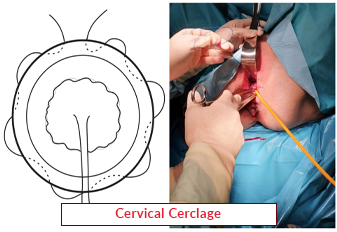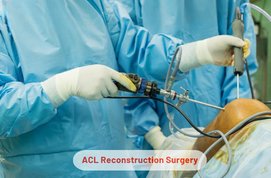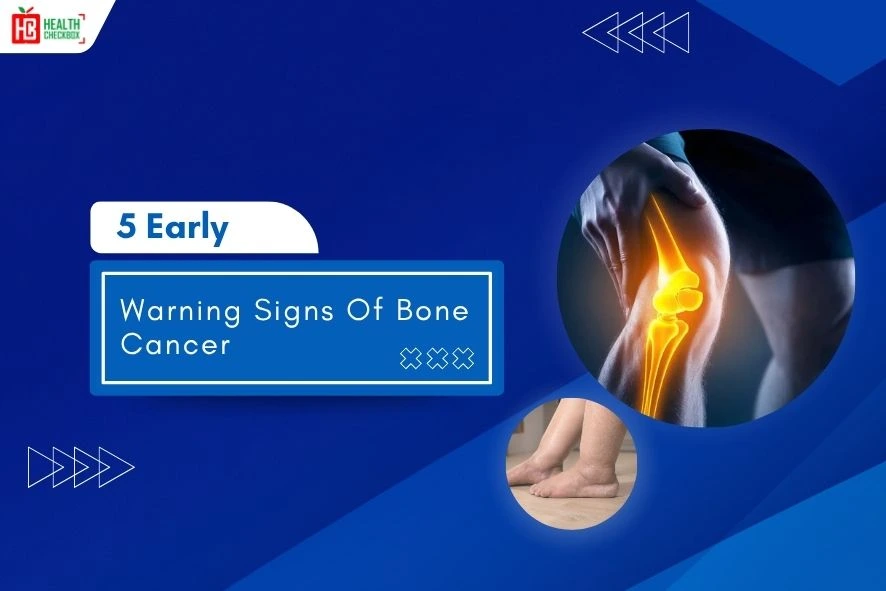This is a medical procedure used to diagnose prostate cancer. It helps to remove samples of suspicious tissue from the prostate gland. Males have a tiny, walnut-shaped gland called the prostate that secretes a fluid that feeds and carries sperm. This biopsy involves taking many tissue samples from your prostate gland. A urologist and team of doctors perform the procedure for the betterment of the patient’s ill health.
If the results of certain initial tests, like a digital rectal exam or a blood test for prostate-specific antigen (PSA), indicate that you might have prostate cancer, your urologist might suggest a prostate biopsy treatment. Under a microscope, tissue samples taken during a prostate biopsy are inspected for abnormalities in the cells that could indicate prostate cancer. If cancer is detected, it is assessed to ascertain the best course of treatment and the likelihood that it will spread quickly.
Why This Procedure is Carried Out?
This prostate biopsy is used to find the endocrine gland cancer. Your healthcare experts may recommend a prostate biopsy if:
- Your PSA test results are higher than average for your age.
- During a DRE, your doctor discovers tumors or other irregularities.
- Even though the results of your last biopsy were normal but PSA levels remain at a higher scale.
- Prostate tissue cells from a prior biopsy were found to be aberrant but not malignant.
Types of Prostate Biopsy
There are two main types of endocrine gland biopsies. These are listed below:
1. Transrectal method
- By inserting a needle through the rectum to harvest tissue samples. The patients usually lie on their left side with knees bent. The needle is precisely inserted in the rectum with the help of a probe. For numbing the area and reducing discomfort a local anesthesia drug is used.
2. Transperineal activity
- Inserting a needle into the skin between the ballsack and the rectum. It may reduce the risk of infection when compared to the transrectal procedure.
Symptoms of Prostate Biopsy
Here are some symptoms that may occur after this biopsy.
- Infection
- Bleeding from the rectum
- Acute urine retention
- Difficulty during urination
- Pain or discomfort
- Blood or semen in urine
- Sexual problems
Prostate Biopsy Benefits
1. Early cancer detection
- It can identify cancer early on, when it is more treatable and likely to be cured. Early identification lowers the chance of the cancer spreading to other body regions and can greatly enhance results.
2. Treatment advice
- In the case, cancer is observed, the biopsy results can be used to assess the cancer’s aggressiveness and propensity to spread. Selecting the best course of treatment, including various therapy, or surgery, requires knowledge of this information.
3. Cancer monitoring
- For men who choose not to receive treatment right away. Then doctors can use a biopsy to track the growth of the cancer over time. This is especially beneficial for cancers that grow slowly and may not require immediate treatment.
4. Prevention of over treatment
- By proper diagnosing the presence of cancer, a biopsy can help to avoid unnecessary medical aid for the disease.
Cost of Prostate Biopsy in India
Prostate diagnostic tests and treatment in India vary in cost depending on the type of test and the city where it is performed. Below are some more reasons:
- The type of surgery
- The complexity of the procedure
- The surgeon’s experience
- The severity of the condition
- The patient’s condition
- Additional diagnostic procedures
- The type of room selected
Treatment of Prostate Biopsy
This is a diagnostic procedure used to detect prostate cancer, not a treatment itself. However, the results of the medical process can guide the treatment options for endocrine cancer. Here’s how a prostate biopsy can lead to treatment decisions:
1. Diagnosis confirmation
- A biopsy is important to confirm the presence of cancer cells in the endocrine gland. If cancer is detected then samples are analyzed to find out its grade and stage.
2. Gleason score
- It is used to grade the biopsy samples and it goes from 6 to 10. A low-grade cancer is indicated by a score of six whereas ten is known as a higher-grade. This score aids in forecasting the potential growth and dissemination rate of the cancer.
3. Treatment options
- It totally depends on the different stages of cancer and the outcome of the biopsy. The optimal course might be recommended by a medical professional. These could consist of:
4. Active surveillance
- Doctors may advise routine PSA testing, rectal examinations, and sometimes repeat biopsies for low-risk malignancies. In order to monitor the disease without treating it right away.
5. Surgery
- Prostate and surrounding tissue removal surgery may be one of the best options for the beginning stage of the disease. Whether performed openly, laparoscopically, or with robotic assistance, this may involve a radical prostatectomy.
6. Radiation therapy
- It can be used to treat disease in their primary stages or to improve symptoms in more advanced conditions. Both internal and external delivery are possible.
7. Hormone therapy
- This process decreases the levels of male hormones, which can promote the formation of prostate cancer. It can be applied to advanced stages of cancer or to slow its development.
8. Chemotherapy
- It can be used to control symptoms and slow the growth of this illness. It works especially in the cases of advanced or metastatic prostate cancer.
9. Immunotherapy
- A more recent treatment that aids the immune system in combating cancer cells.
Our Other Services
Latest Health Tips
Can Immunotherapy Cure Stage 4 Lung Cancer?
Early Signs of Cervical Cancer
Foods that Kill Cancer: Leafy Vegetables, Grains, & More
What Stage of Cancer is Immunotherapy Used For?
Which is Worse for Cancer, Sugar or Alcohol?
Vaccines That Prevent Cancer
What Kills Cancer Cells in the Body Naturally?
Early Warning Signs of Bone Cancer
Submit Your Enquiry
Testimonials


























